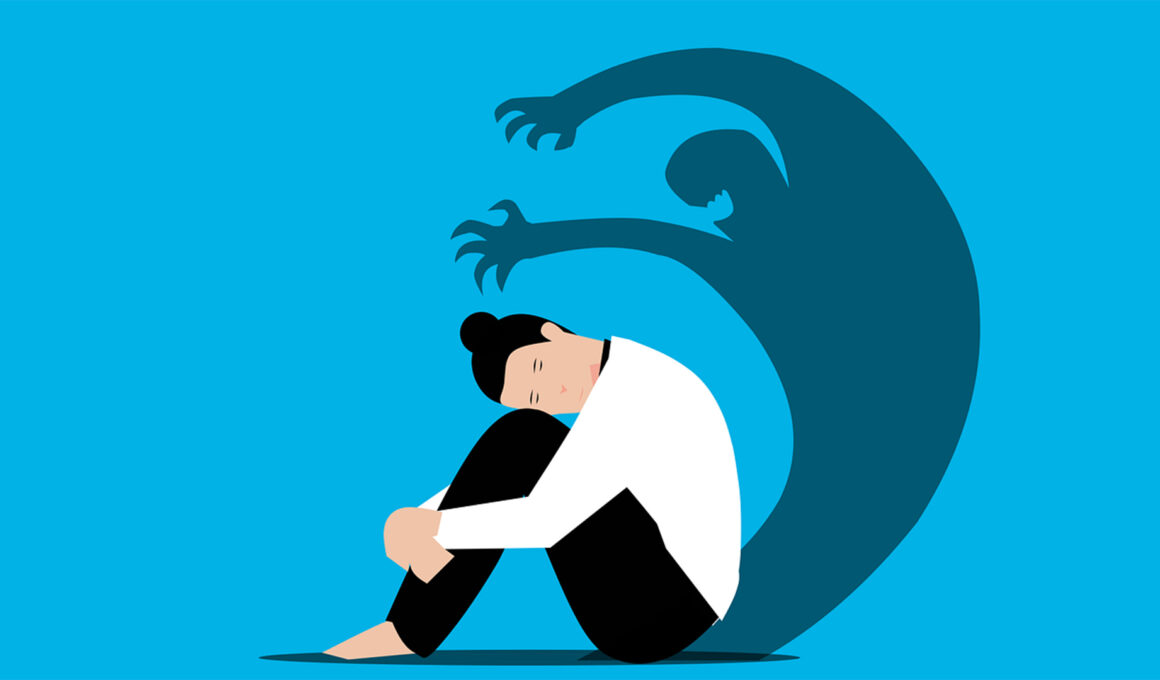Human psychology is a complex subject and one that not even the experts in the field have got completely covered. Most of us will probably never gain a complete knowledge of how the brain works, and particularly our own. So the question then is: should we attempt to ‘tamper’ with it? Can we overcome psychological problems ourselves, or do we risk making things worse? If you can’t afford a psychologist… then is DIY psychology an option?
The answer will depend on the nature of the problem. If you are hallucinating or having suicidal thoughts, then it’s crucial that you see a therapist. You should never attempt to ‘self-medicate’ either with alcohol or with medication – this is the point where you can end up doing more harm than good just as you might if you were to attempt to do your own plumbing.
But if you have a relatively straightforward and isolated issue such as a phobia, then there’s nothing wrong with trying to address the problem yourself first – and in fact this is recommended. Here we will look at how you can put some psychological principles into practice yourself in this scenario, and use them to potentially overcome a phobia. At the same time, this should serve as a good demonstration of how a little basic knowledge and some will-power can help you to improve your brain and overcome potential difficulties.
Reassociation
One of the firs things to try when attempting to deal with a phobia is ‘reassociation’. Reassociation is based on behavioural theories of psychology which state that all our behaviours and beliefs come from links that have been formed between various stimuli and reward.
The classic study of Pavlov’s dogs is perhaps the most famous demonstration of behaviourism in practice. Here, dogs were repeatedly fed at the sound of a bell, until Pavlov had ‘conditioned’ them to produce saliva at the sound of the bell alone with no need for food to be present. The belief then is that this process can also cause associations in our own brains: for instance if you had fallen off of a height, then you might have come to associate heights with pain and injury and thus be afraid to go near them. Alternatively an association could be formed by something you saw (vicarious reinforcement) or something that happened repeatedly over time.
The idea of ‘reassociation’ then is simply to change the association for something new, which you can do by eating sweets while standing at a height repeatedly. This is something you should do gradually – getting yourself closer and closer to the height while enforcing the positive reinforcement each time. Eventually you will find that you don’t swell with fear when you’re on a height anymore, but instead swell with hunger and a sweet tooth.
Cognitive Restructuring
The above is an example of behaviourism, but another school of psychology that you can use to treat yourself for phobias is ‘cognitive behavioural therapy’. Cognitive behavioural therapy is a form of therapy that appeared after behaviourism and built on the principles that it put in place. Here it is recognised that an individual can learn to ‘associate’ a context with a response, but it is also believed that there is a ‘cognitive’ element based on our own thoughts and ruminations. You can for instance ‘enforce’ a phobia in your own mind by thinking about it in a negative way – by imagining falling off of a height for instance or by just thinking about how scary it is.
In cognitive behaviour therapy then, one of the most common and effective forms of treatment is ‘cognitive restructuring’, in which the patient is asked to identify the negative thought patterns that might be worsening their condition and then try to eliminate them. For instance then, if you found yourself constantly thinking things like ‘if I stand too close to the edge I’ll fall’, then this would be worsening your problem and strengthening the fear. Instead, you might try to replace those negative ‘ruminations’ with more positive thoughts such as: there is no reason that I would fall, or ‘I am in complete control’. Practice repeating these positive affirmations, and you may find yourself starting to overcome your fear.
Exposure
Another treatment that takes principles from both behaviourism and cognitive behavioural therapy is simply to expose yourself to the cause of your phobia in order to prove that it’s not as ‘scary’ as you think.
For instance, if you had a phobia of giving speeches you might force yourself into a position where you were made to give a speech. If you had a phobia of spiders, then you might simply force yourself to stand in a room with a spider. This helps with reassociation (or disassociation), but also helps you to ‘test’ the hypotheses of your ruminations. This way for instance you can see first-hand that when you stand near a height you are not necessarily ‘going to fall’.




